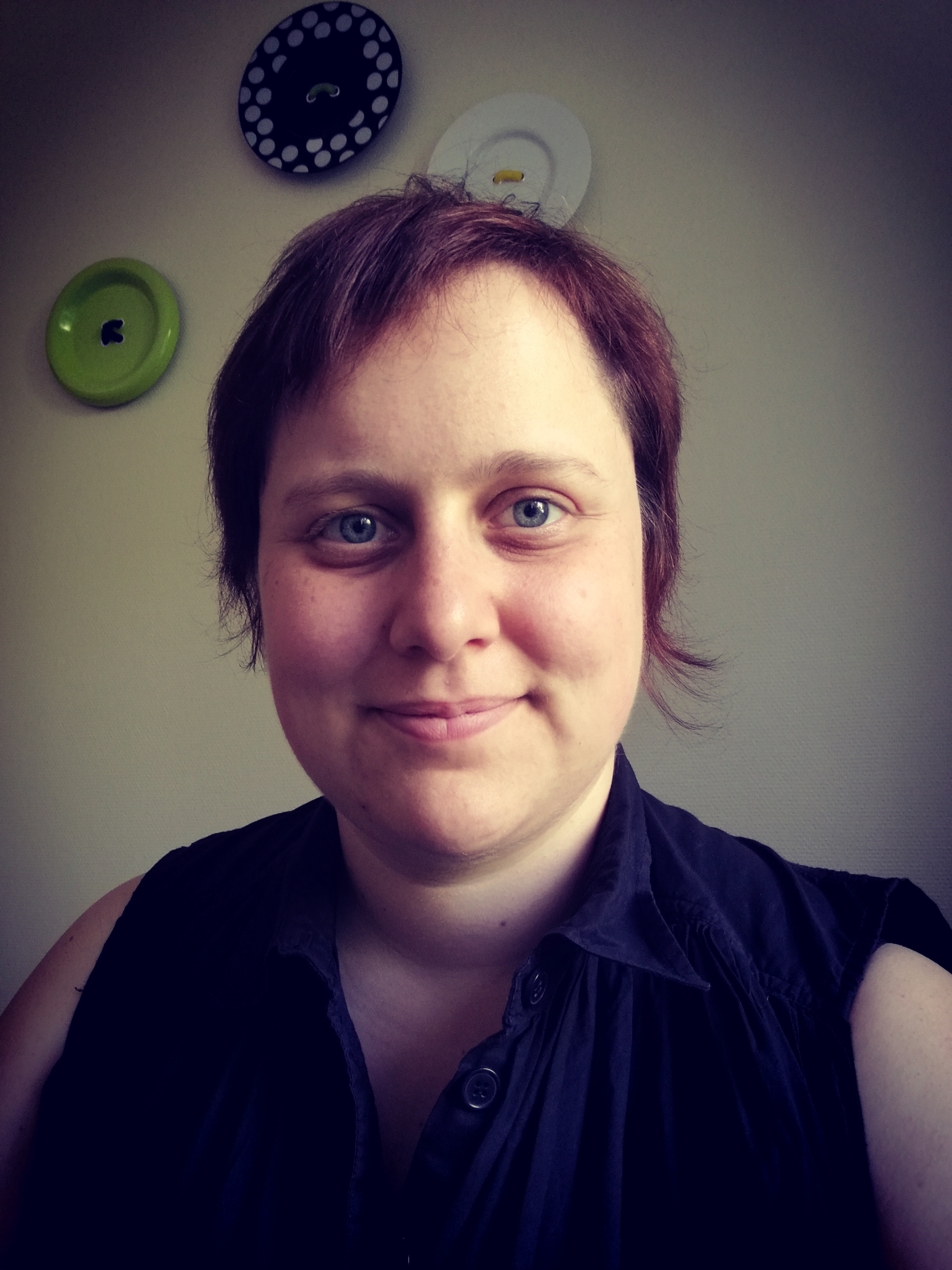
Julie Cattini
Luxembourg
juliecattini@hotmail.com
website

|
Julie Cattini Luxembourg juliecattini@hotmail.com website |
| Participants: | 8 |
| Type of Study: | clinical, tests |
| Location: | Luxembourg |
| Media type: | audio |
| DOI: | doi:10.21415/0QYP-BS04 |
Description en version française ci-dessous
Cattini, J., & Clair-Bonaimé, M. (2017). Les apports de l’Evidence-Based Practice et de la Practice-Based Evidence : du bilan initial à l’auto-évaluation du clinicien. Rééducation Orthophonique, 272, 109–146.
In accordance with TalkBank rules, any use of data from this corpus must be accompanied by the above reference.
The data were recorded during speech-language therapy follow-up sessions with pre-school and school-aged children as well as teenagers with developmental speech sound disorders and/or developmental language disorders.
The recordings document picture naming and word repetition tasks performed before and after clinical intervention. We also add more participants to the database.
CE: French-speaking child with articulation disorders and issues in fine motor coordination
3 recordings at 4;01
1 recording at 5:6
MD: French-speaking teenager (Belgian French) with childhood apraxia of speech and acute developmental language disorders; also hearing disorders (hearing aid), acute coordination disorders, acute learning disorders
6 recordings at 18;01
OA: French-speaking (with knowledge of Italian in comprehension) with developmental speech sound and developmental language disorders; also developmental issues affecting coordination.
1 recording at 3;11
BLY: French-speaking child with Late Talker profile.
3 recordings at 2;11 after parent-implemented language intervention for 6 months
BLT: French-speaking child with developmental speech sound disorder and acute dyspraxia of speech, also with issues in the acquisition of coordination
1 recording at 6;11:
- Sentence repetition (Evalo 3-6)
>WA : French-speaking child with developmental language disorders and acute dyspraxia of speech, also with issues in the acquisition of coordination and attention deficit disorder
3 recordings at 11;7
- Story telling based on images - Histoire A1 de l’ENNI (Schneider et al., 2006)
- Story telling based on images - Histoire A2 de l’ENNI (Schneider et al., 2006)
- Story telling based on images - Histoire A3 de l’ENNI (Schneider et al., 2006)
SI : French-speaking child (passively bilingual in Kabyle Berber) with developmental language and speech sound disorders, also with issues in the acquisition of coordination.
1 recording at 5;8:
- Story telling based on images - Histoire A1 de l’ENNI (Schneider et al., 2006)
DC : French-speaking child with specific language impairment.
1 recording à 5;7:
- Story telling based on images - Histoire B2 de l’ENNI (Schneider et al., 2006)
| Non du projet: | French-Cattini |
| Investigatrice: | Julie Cattini |
| Endroit: | Luxembourg |
| Participants: | > Enfants et adolescents francophones avec un trouble développemental des sons de la parole et/ou un trouble développemental du langage |
| Type d’étude: | Étude observationnelle de données cliniques |
En accord avec les règles de TalkBank, tout usage de données de ce corpus doit être accompagné de cette référence.
Les données de cette base ont été enregistrés lors du suivi orthophonique d’enfants d’âge préscolaire, scolaire ou encore d’adolescents présentant un trouble développemental des sons de la parole et/ou du langage.
Actuellement, les enregistrements sont des épreuves de dénomination ou de répétition d’images avant et après intervention. Le nombre de participants augmentera également au cours du temps.
CE : enfant francophone présentant des troubles articulatoires. Trouble comorbide : difficultés de coordination motrice fine
3 enregistrements à 4;1 ans
MD : adolescent francophone (français de Belgique) présentant une dyspraxie verbale et trouble langagier sévère. Troubles comorbides : surdité (appareillage), trouble de la coordination sévère, troubles des apprentissages sévères.
6 enregistrements à 18;1 ans
OA : enfant francophone et italophone (uniquement en compréhension) présentant un trouble développemental du langage et un trouble développemental des sons de la parole. Trouble comorbide : trouble de l’acquisition de la coordination.
1 enregistrement à 3;11 ans
BLY : enfant francophone ayant un profil de Late Talker.
3 enregistrements à 2;11 ans après un accompagnement parental de 6 mois :
BLT : enfant francophone présentant un trouble développemental du langage et une dyspraxie verbale sévère. Trouble comorbide : trouble de l’acquisition de la coordination 1 enregistrement à 6;11 ans : - Répétition de phrases (Evalo 3-6)
WA : enfant francophone présentant un trouble développemental du langage et une dyspraxie verbale sévère. Trouble comorbide : trouble de l’acquisition de la coordination et trouble de l’attention 3 enregistrements à 11;7 ans - Récit sur images - histoire A1 de l’ENNI (Schneider et al., 2006) - Récit sur images - histoire A2 de l’ENNI (Schneider et al., 2006) - Récit sur images - histoire A3 de l’ENNI (Schneider et al., 2006)
SI : enfant francophone (bilinguisme passif - kabyle) présentant un trouble développemental du langage et un trouble développemental des sons de la parole. Trouble comorbide : trouble de l’acquisition de la coordination. 1 enregistrement à 5;8 ans : - Récit sur images - histoire B1 de l’ENNI (Schneider et al., 2006)
DC : enfant francophone présentant un trouble développemental du langage isolé. 1 enregistrement à 5;7 ans : - Récit sur images - histoire B2 de l’ENNI (Schneider et al., 2006)